Full-Scale Solutions
Turn your language into a strategic asset
Together we’ll evaluate existing processes to develop optimised solutions that fit the needs of your business.
Accelerate your global coverage
Built for scalability
Translators and interpreters with experience in all areas of business, plus advanced tech solutions and automation to speed up your time to market without compromising on quality.
With a global partner
Turbo-charge how you use language with solutions tailormade for you
Regardless of how big you are, or what kind of project you’re embarking on, we offer all partners the same level of expertise and guidance to find the best solution for you.
That saves you time
World-leading translation technologies
Integrating your translation management using our industry-leading solutions simplifies your workflows, frees up your time for other tasks and eliminates inevitable human errors.
Read more about our technical tools
22%
Western Digital case study: Delivering global content, building a worldwide brand
A step-by-step solution that would overcome barriers and successfully meet the client’s end goals. Learn how our system GlobalLink helped Western Digital create content anywhere, then localize, optimize, and deliver it to markets worldwide through one platform.Read more
A partner for all projects - big or small






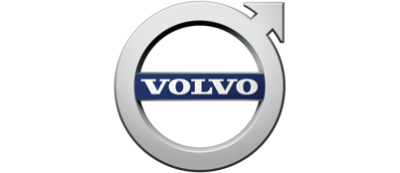













Access to the expertise you need
In 2021, we became part of TransPerfect, the world’s leading language provider. With a combined workforce of 7,300 people spanning 50 countries, we’re now truly global. As a partner, you’ve got access to the finesse and skills of our huge network of interpreters, translators, copywriters and editors plus the speed and agility provided by our industry-leading tech.
Project managers
Who can set up the projects in the best possible way.
Technical expertise
That can help you choose the best solutions for your business.
A proactive business partner
Who can anticipate upcoming localisation needs.
Adapted teams and processes
Your Semantix team could look something like this
Before we even begin talking about your language solutions, we’ll always consult you to learn about your objectives. That’s how we can select the right team and solutions to get you there.
Account manager
Main point of contact who stays informed about your ongoing needs.
Language specialists
Translators, proofers, reviewers, editors, subtitlers, copywriters and more – carefully selected to meet your needs.
Project manager
Manages the day-to-day planning and execution of your language jobs.
Solutions architect
Develops solutions to improve your language experience, including optimising workflows and systems.
Get started - speak to an expert
Schedule a 15 minute consultation


Kumiko Ekstedt | Nurturing Manager
Schedule a call with a Semantix representative
15 min
Add your business email address
Before proceeding, we need to validate your company email address to ensure we have the correct details.
Read our Privacy Policy.

Proactive partnerships
Trusted partnerships, reliable support and accessible solutions at scale
Our expertise and solutions are always tailored to your specific business, markets and goals.
Translation built on expertise
Instant access to extended network of experts for your unique language needs.
Organisational empowerment
Onboarding for every member of your organisation to bring them into our systems.
Global and local support
Utilise our Managed Services to execute and scale communication effectively.
Translation management system

Translation management system
GlobalLink’s world-leading translation management system
As part of the TransPerfect family, we team our expertise with GlobalLink’s world-leading translation technologies. Together, we’ll the stress out of complex workflow management.
Choose from more than 50 pre-built integration apps and configurable APIs to automate all your content imports and exports.

Multinational corporations have huge volumes of content that need accurate translation without any delays or quality oversights.
GlobalLink translation software gives you complete control of the entire process and the flexibility to choose your preferred translators, combine external and internal resources, and automate manual processes.
Client case: Lufthansa
The implementation of GlobalLink has empowered Lufthansa to enhance its global marketing content strategy, solidifying its position as a leading player in the aviation industry.
Lufthansa, a prominent player in the aviation industry, embarked on a mission to address critical challenges within its global marketing content strategy.Learn more
Quality-assured as standard

Quality-assured as standard
Your content will meet the ISO 17100:2015 standard – tailored to your audience, business terminology and tone of voice.
All jobs and projects are handled with full confidentiality. You’ll shine. That’s our promise.
Automate text and translation work through integration
With our API and plugin solutions, you can quickly and smoothly send, retrieve and publish your web texts in your own platform. Just a few of our partners:
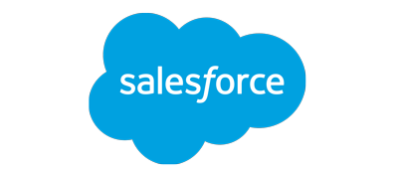

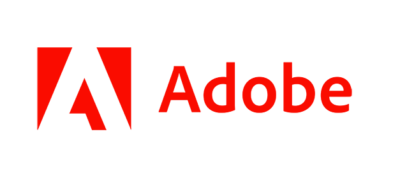

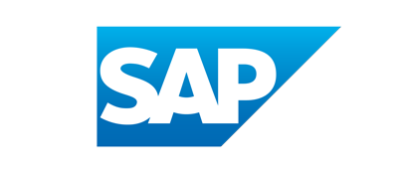





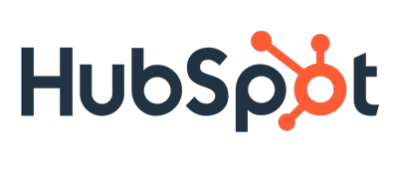







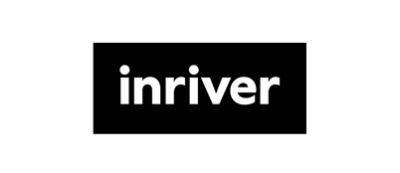

Fjällräven
GlobalLink for InRiver enables us to be much more efficient, cut out a lot of manual costs, and deliver more consistent cross-border user experiences with much higher product quality information.
Fjällräven – streamlining content localisation with GlobalLink ConnectRead more
Workflow management
A typical translation order will involve you sending and receiving files to and from your language provider. But for your local language content to play an active, strategic role in your business, it’s important to factor in the various workflows of an order process and optimise them so they become faster, more effective and require minimal manual input.
A dedicated team will work together with you to streamline your workflows and create processes that mesh seamlessly into how you operate.
We’ll onboard everyone who needs to have access to the solutions created for you and always be on hand when you need us.
We've got the technical tools at hand that simplifies processes.



Being able to harness the power of language on a global and local scale is a proven contributor to enterprise growth
Diverse, applicable resources at your service
The largest network of professional translators and interpreters in Europe are yours to capitalise upon, regardless of the size and scope of your projects.
Find the right fit for you
Our partnerships begin with analysis of each individual business. Expectations, requirements and goals all help to create a platform that will deliver the goods with maximum efficiency.
Use a proactive, agile approach
Part of the reason Semantix is regarded as one of the best translation companies in the world is our agile approach to adopting new techniques.
Want to know more about our services?
About us
How we work
Ready for more?
Book a demo to test our services and solutions, or schedule a talk with one of our specialist.Contact us now